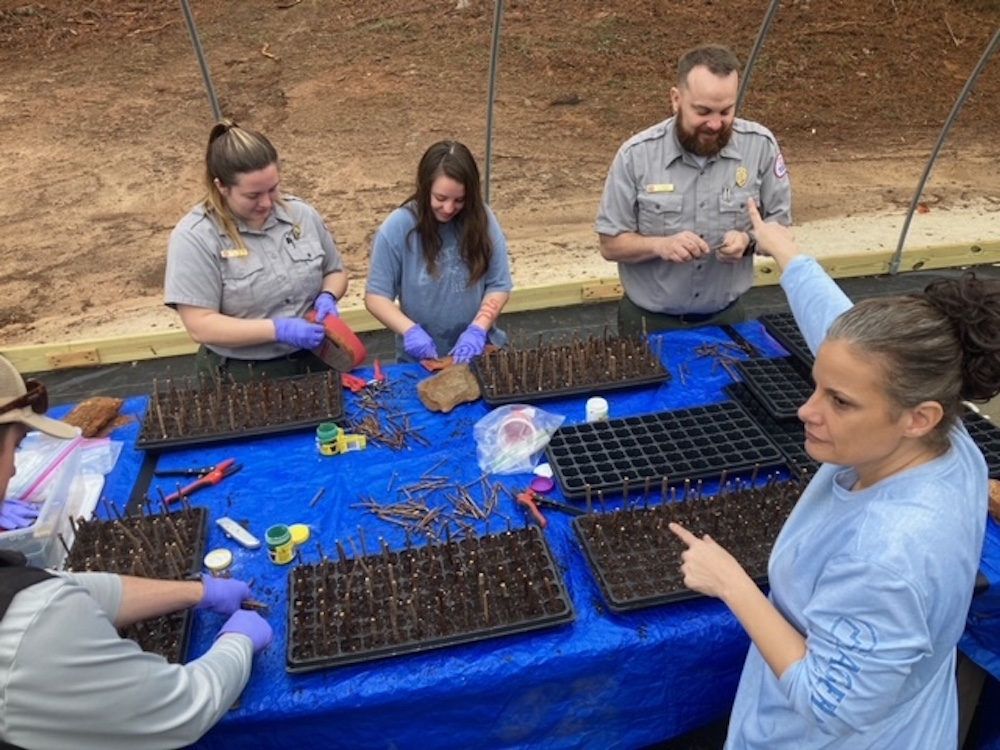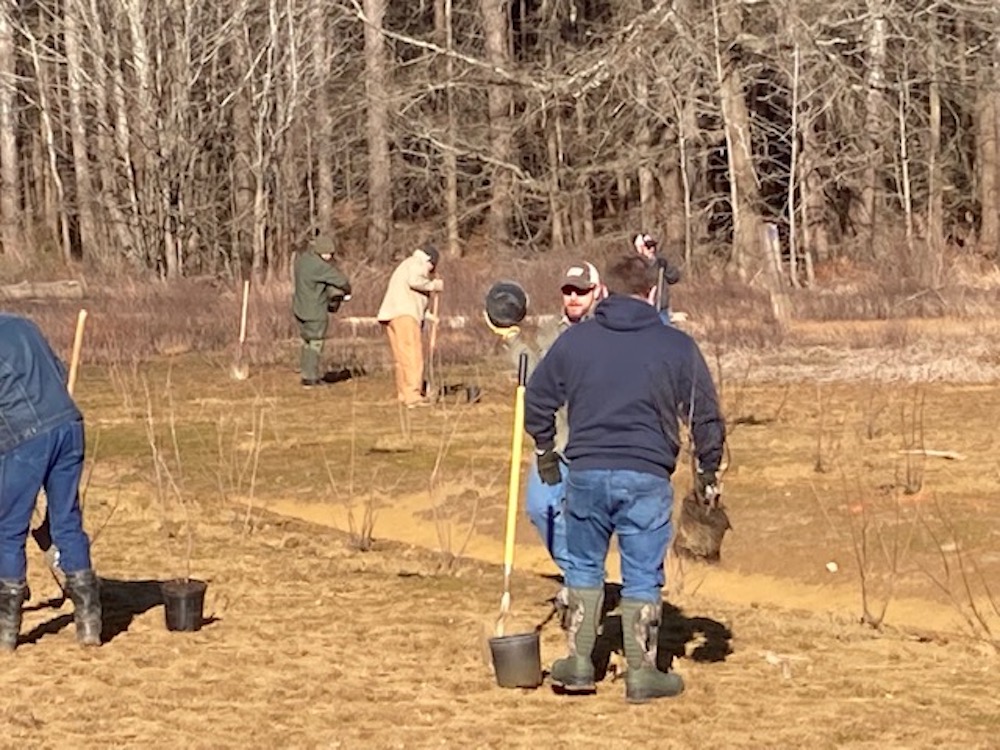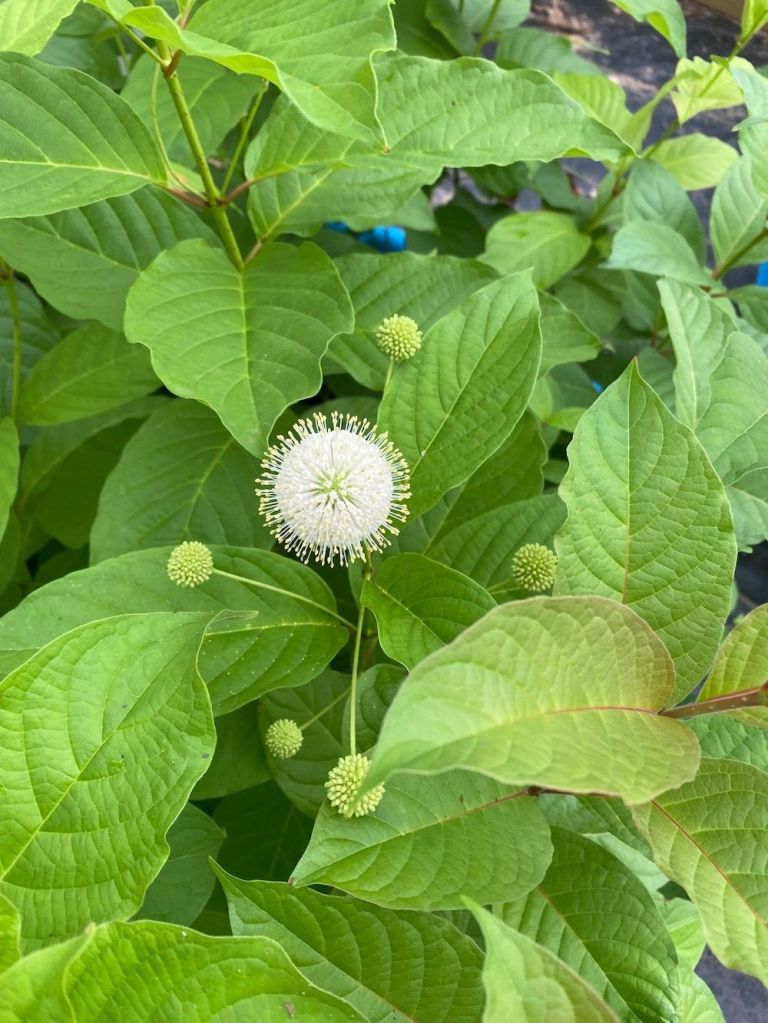
Fishing club members of the Georgia B.A.S.S. Nation’s E3 Bassmasters, the Marietta Bassmasters, alongside Lake Allatoona U.S. Army Corps of Engineers (USACE) volunteers, the Lake Allatoona Association and the Georgia DNR conducted another planting as part of an ongoing habitat enhancement project on Allatoona Lake in Cartersville, Ga.
B.A.S.S. encourages clubs to work with resource managers in their respective areas to enhance and protect freshwater fishing habitats for public enjoyment and benefit. There were 35 volunteers on hand and 380 Button Bush plants were planted.
Jackson Sibley, fisheries biologist overseeing these important projects for improving and protecting Lake Allatoona, stated, “The immediate goal is to increase the abundance of quality largemouth bass spawning and rearing habitat.”
Due to the reservoir’s dramatic annual drawdown, most native plants, which can be predictive of largemouth bass year class success, are absent from lake Allatoona. Introduction of Button Bush provides both refuge and foraging habitat during the critical juvenile life stage of this popular sport fish.





“Aquatic vegetation plantings represent one element of a lake-wide management strategy aimed at providing largemouth a competitive edge against their smaller cousins, the Alabama Spotted Bass,” said Sibley.
The management efforts also incorporate supplemental largemouth stocking, population monitoring and the introduction of offshore and near-shore adult wintering habitat. Once established, the plants are capable of reproducing, thereby creating additional plant groupings that will continue to enhance the targeted areas.
This project is aided by a collaborative effort between the USACE and Georgia DNR to grow these native Button Bushes for annual plantings. The USACE has invested in building a greenhouse to facilitate greater plant production. These efforts yield fully rooted, 36-inch plants. The development of these larger plants greatly increases their viability and allows for installation in shallow water areas which significantly enhances habitat for largemouth bass and other game and forage fishes.




